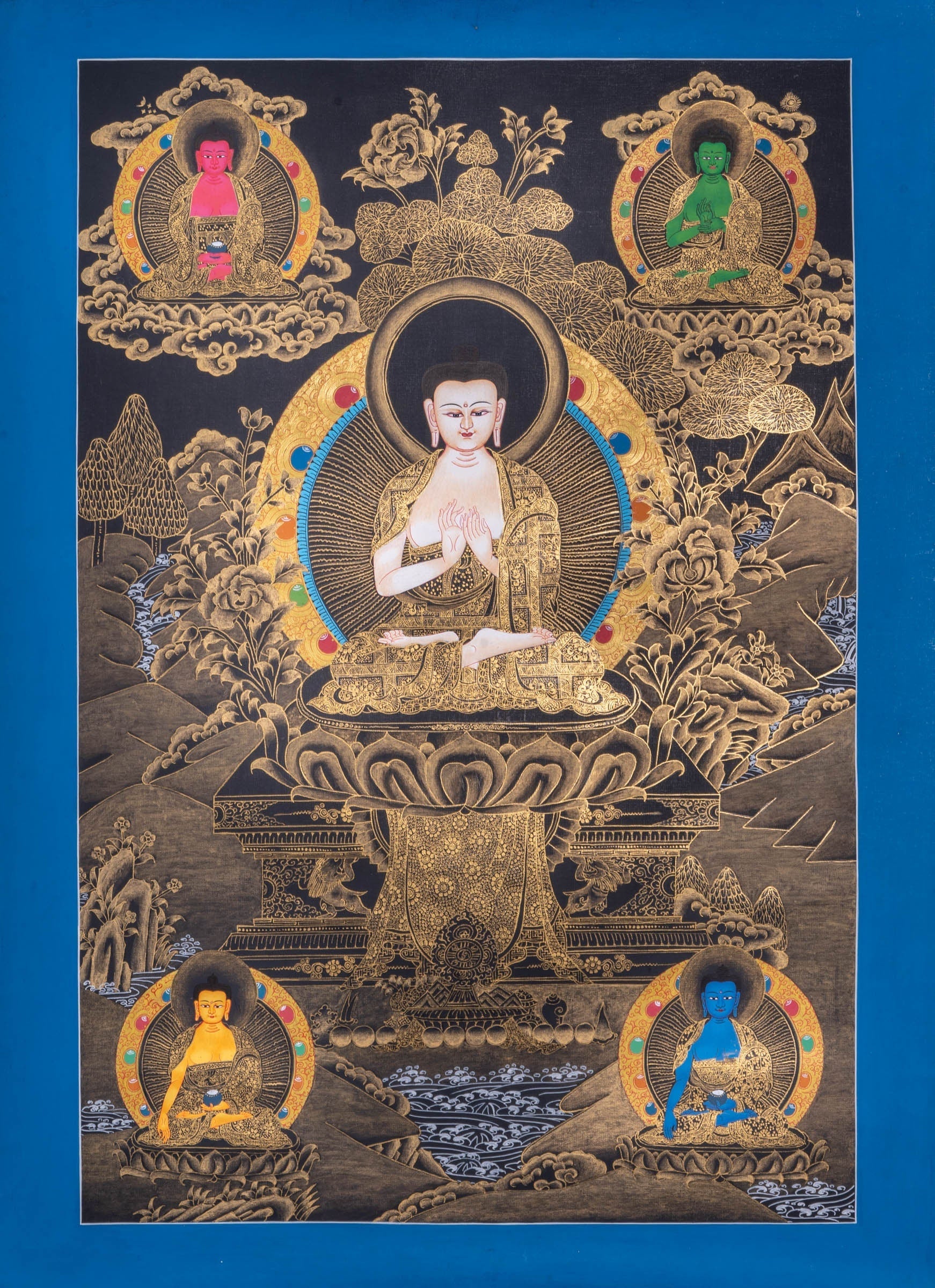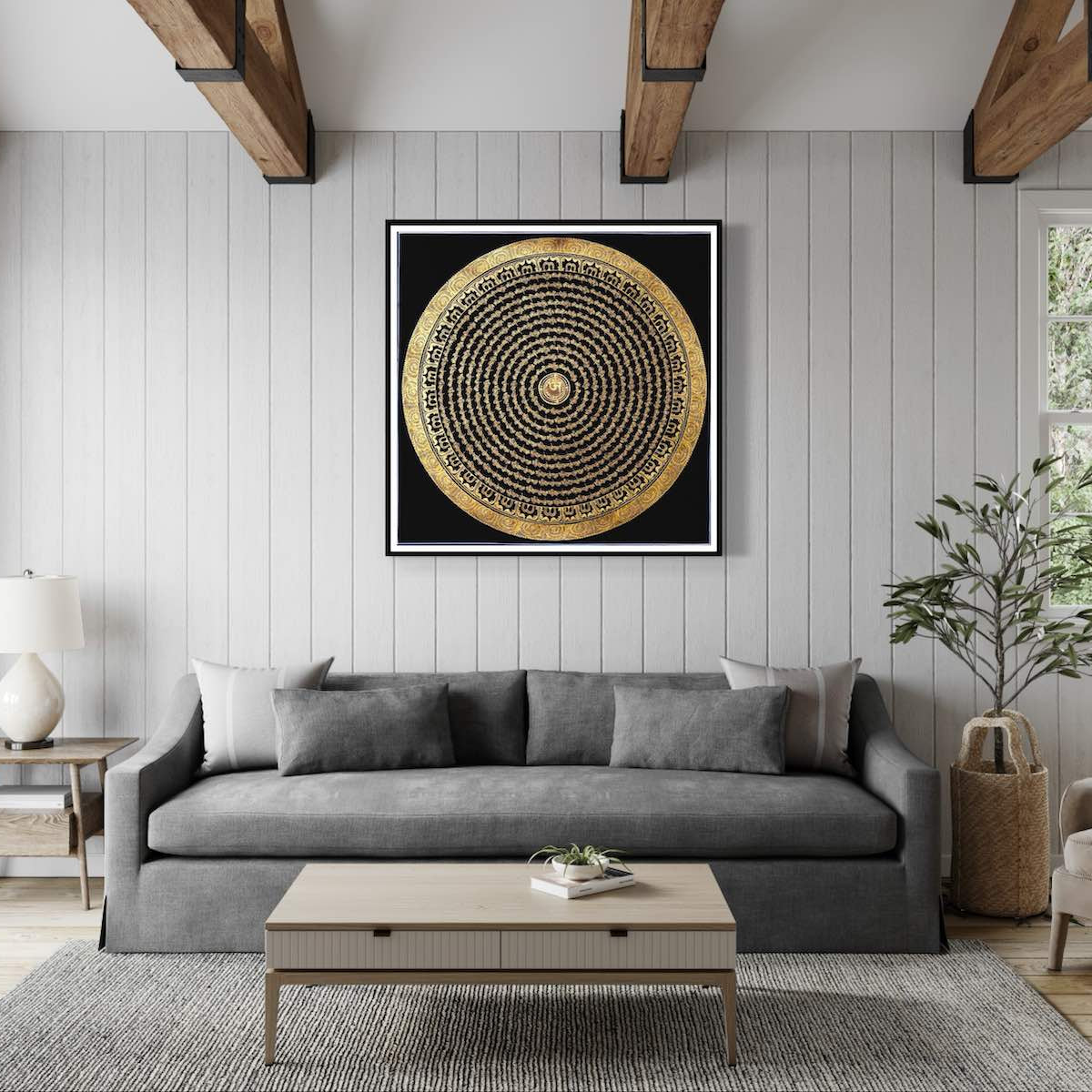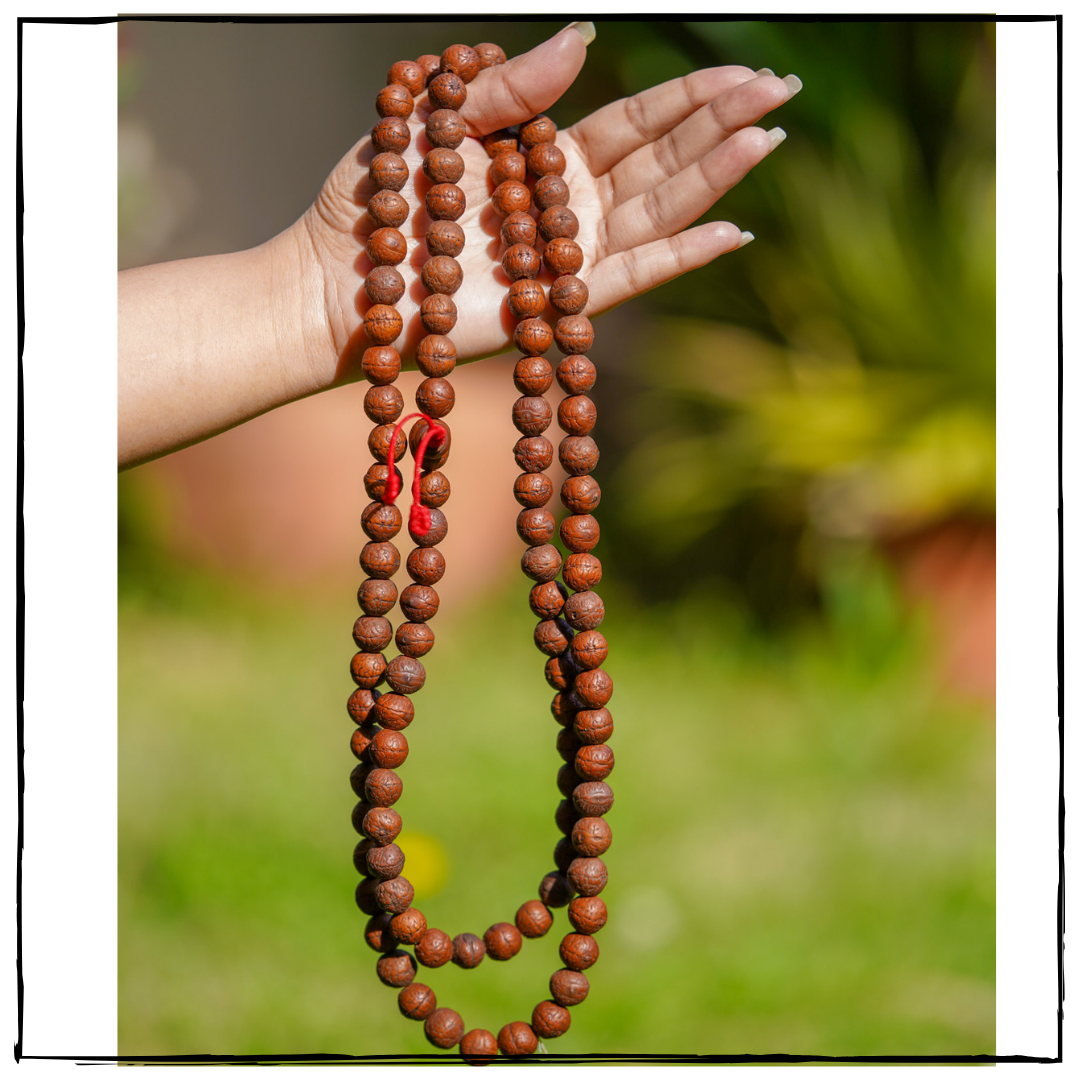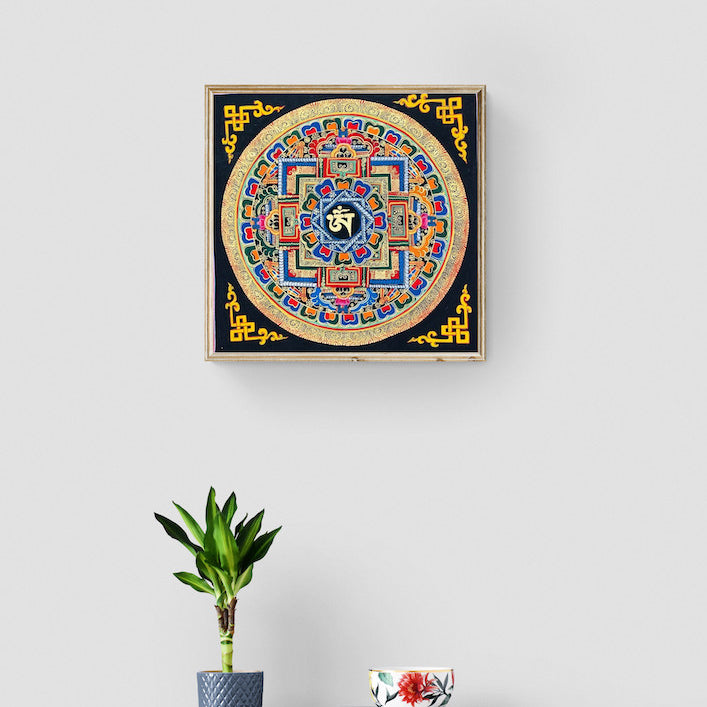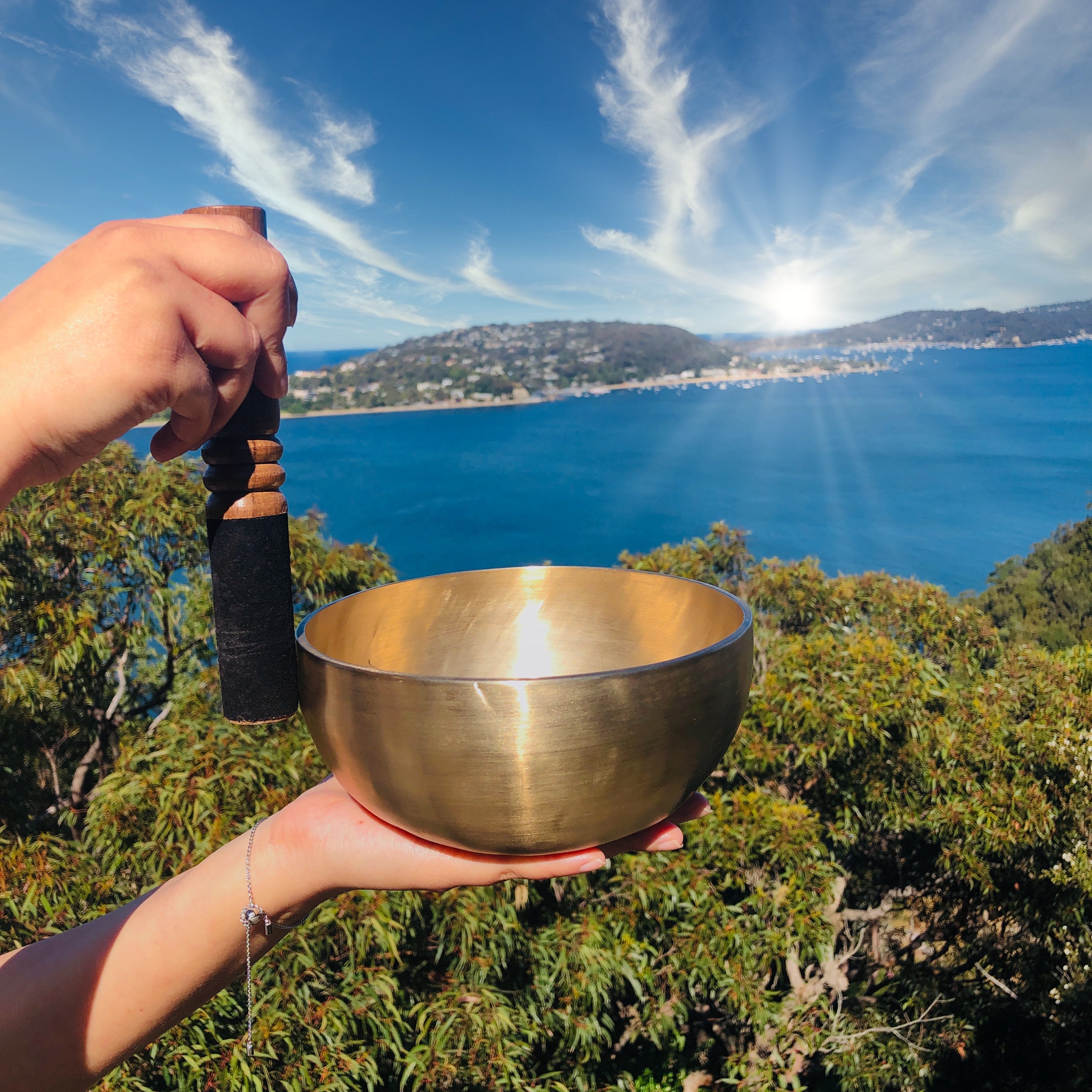Vairocana Thangka Painting
Couldn't load pickup availability
Description
Buddhist Thangka painting depicting Vairocana Buddha is perfect for various home decor ideas! All our Thangka paintings and Tibetan mandala. This 100% hand-drawn Thangka painting in Kathmandu Valley, Nepal. Thangka painting can be decorated as an elegant and eccentric wall hanging in your home or office being a centerpiece of attention. It can also be placed on your family altar for meditation purposes as well as spiritual and emotional healing, attracting benevolent energy of the Tibetan Buddhist art. This is one of our best collection high quality Buddha Thangka art.
Specification
- Hand Painted
- Master Quality Thangka Painting
- Materials: Semi-Precious Natural Minerals, Pure Gold
- Base: Cotton Canvas
- Origination: Nepal
Many Mahayana Buddhists in East Asia, Tibet, Nepal, and Java view Vairochana—Sanskrit for "Illuminator"—also known as Mahavairochana, or "Great Illuminator,” as the greatest Buddha.
Some Buddhists believe that Vairochana, also known as Mahavairochana, is distinct from the five "self-born" Dhyani-Buddhas, one of whom is Vairochana. He is considered as the source of the entire cosmos and is the most revered figure in the Japanese Shingon sect. He goes by the names Dainichi Nyorai (Japanese for "Great Sun Buddha"), Roshana, Piluzhena, Rnam-par-snang-mdzad (Tibetan for "Maker of Brilliant Light"), and Dainichi Nyorai (Chinese).

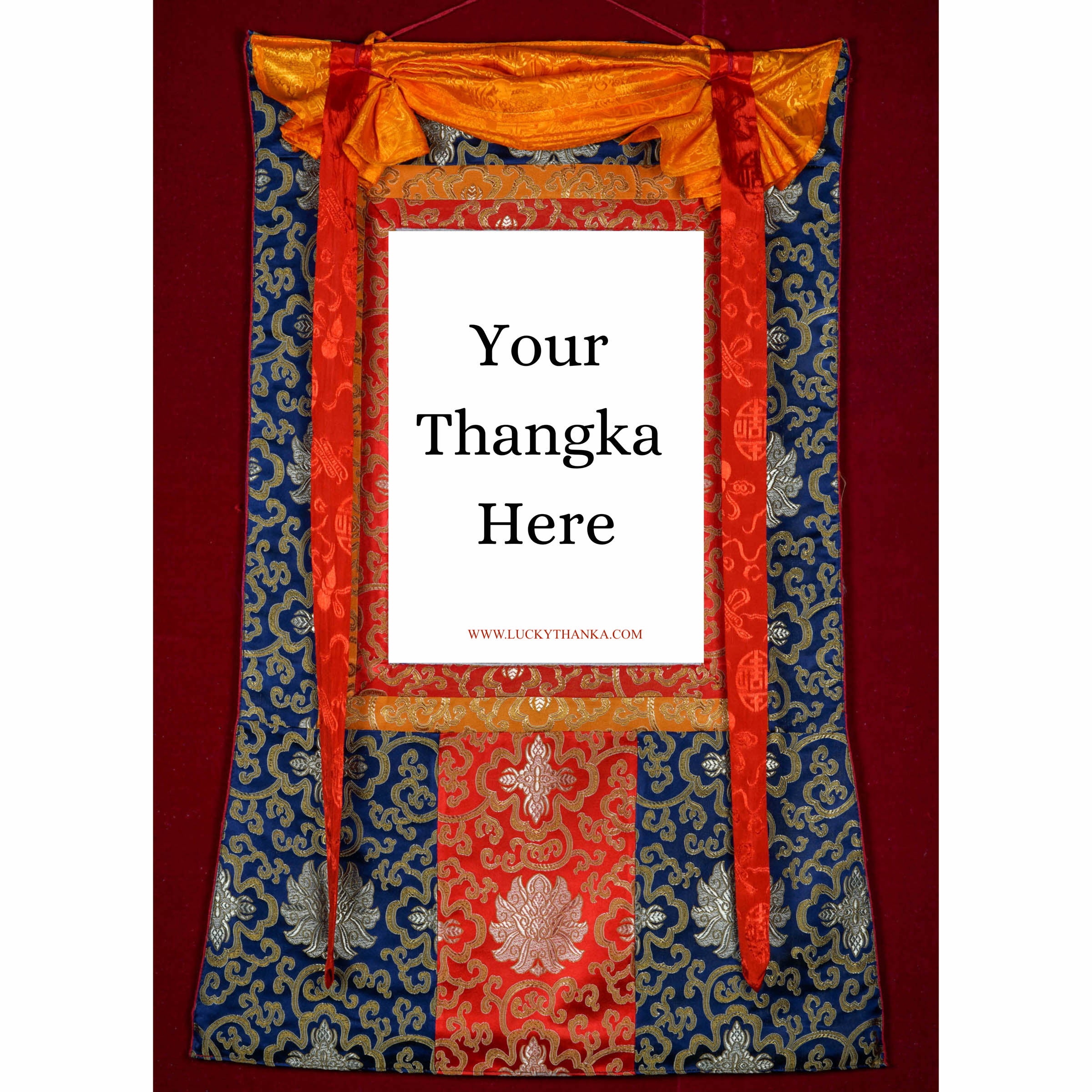
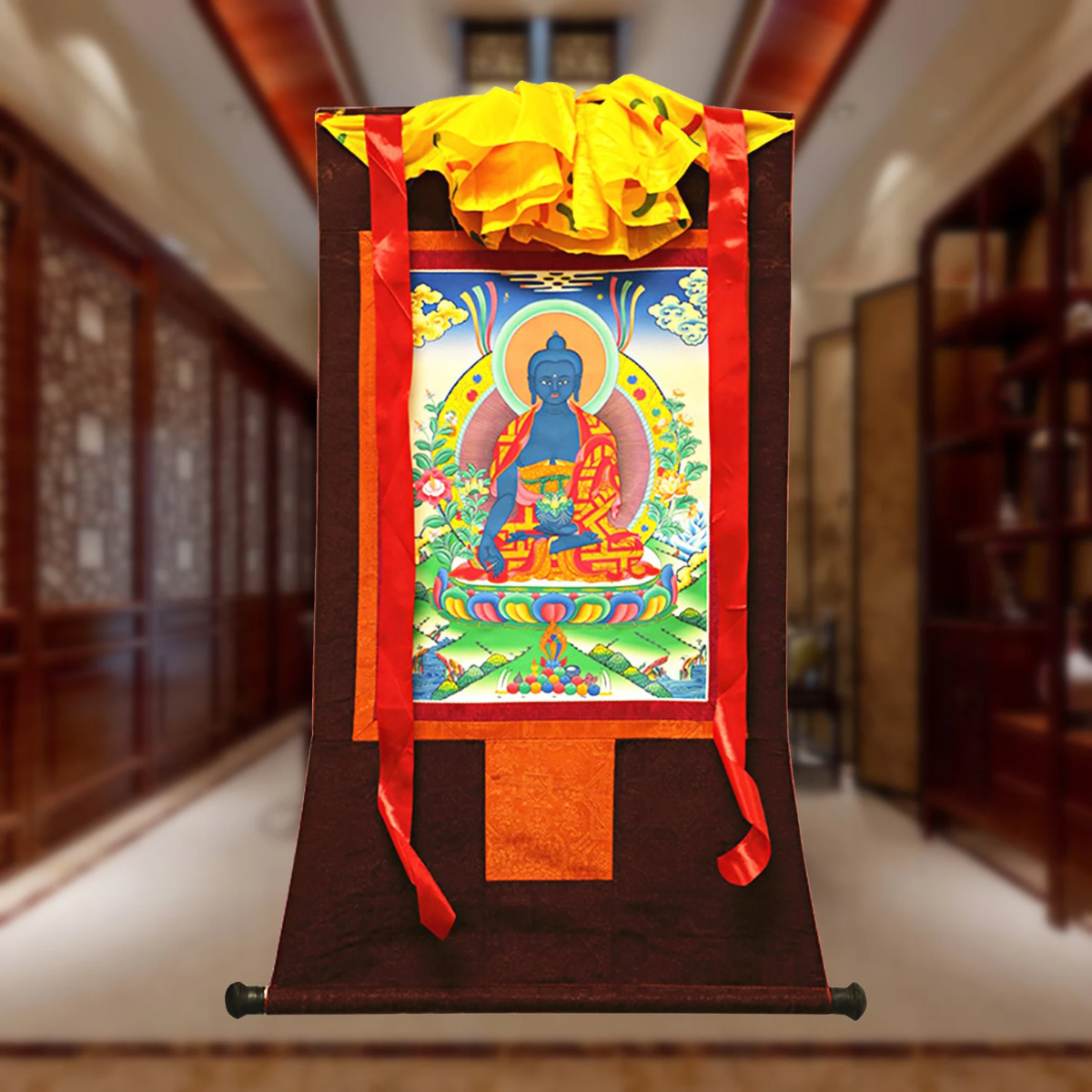
Hand Embroidery Brocade
Want to add a Brocade to your beautiful Thangka Painting? Traditional Style Brocade has been one of the most popular form of mounting as it has a greater religious merit.
Note: Make sure you have added the Thangka to your cart first.
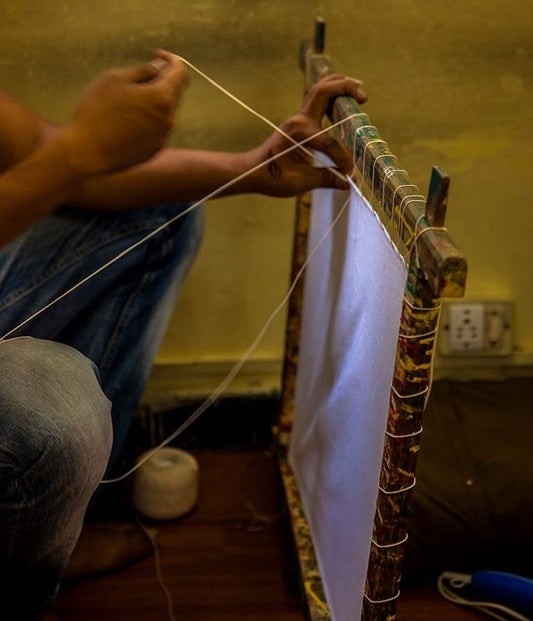
100% Cotton Canvas
Preparing the Cotton canvas before starting to paint a Thangka. This process includes washing, drying, stretching, sizing and everything needed to make a perfect base for the thangka to last for centuries.
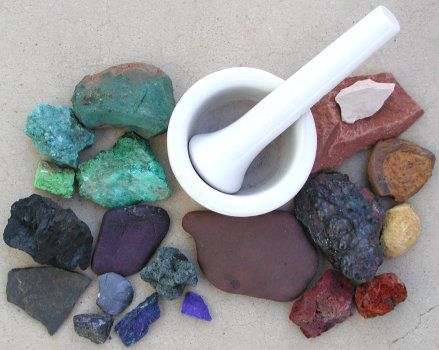
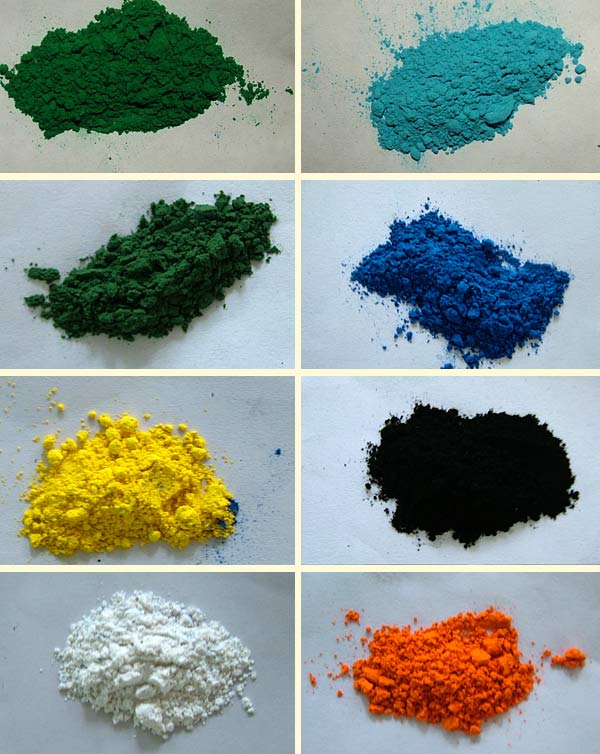
Natural Minerals
Thangka Paintings are painted using the natural minerals. These are firstly grind into the powder form and then used in the thangka as a paint.



